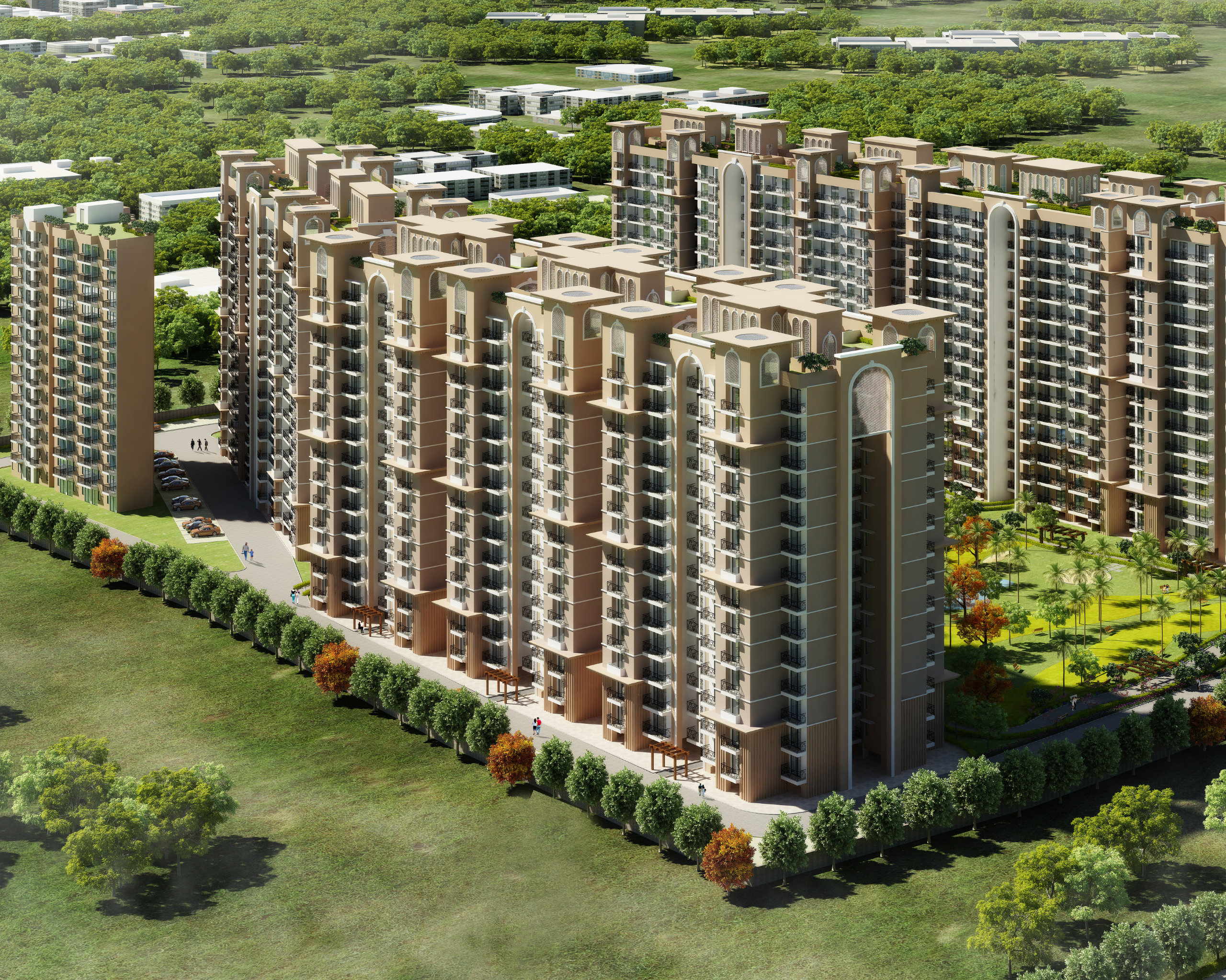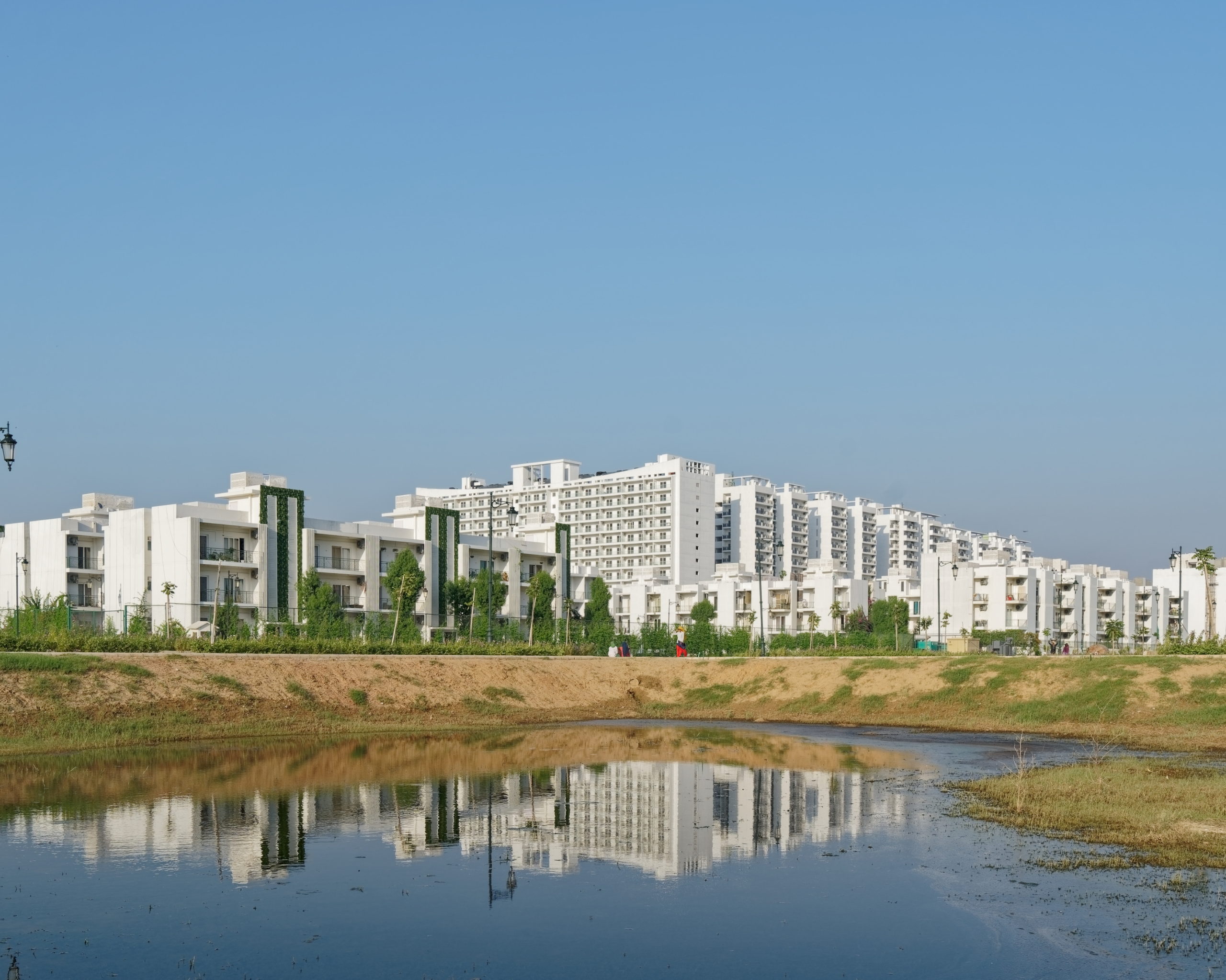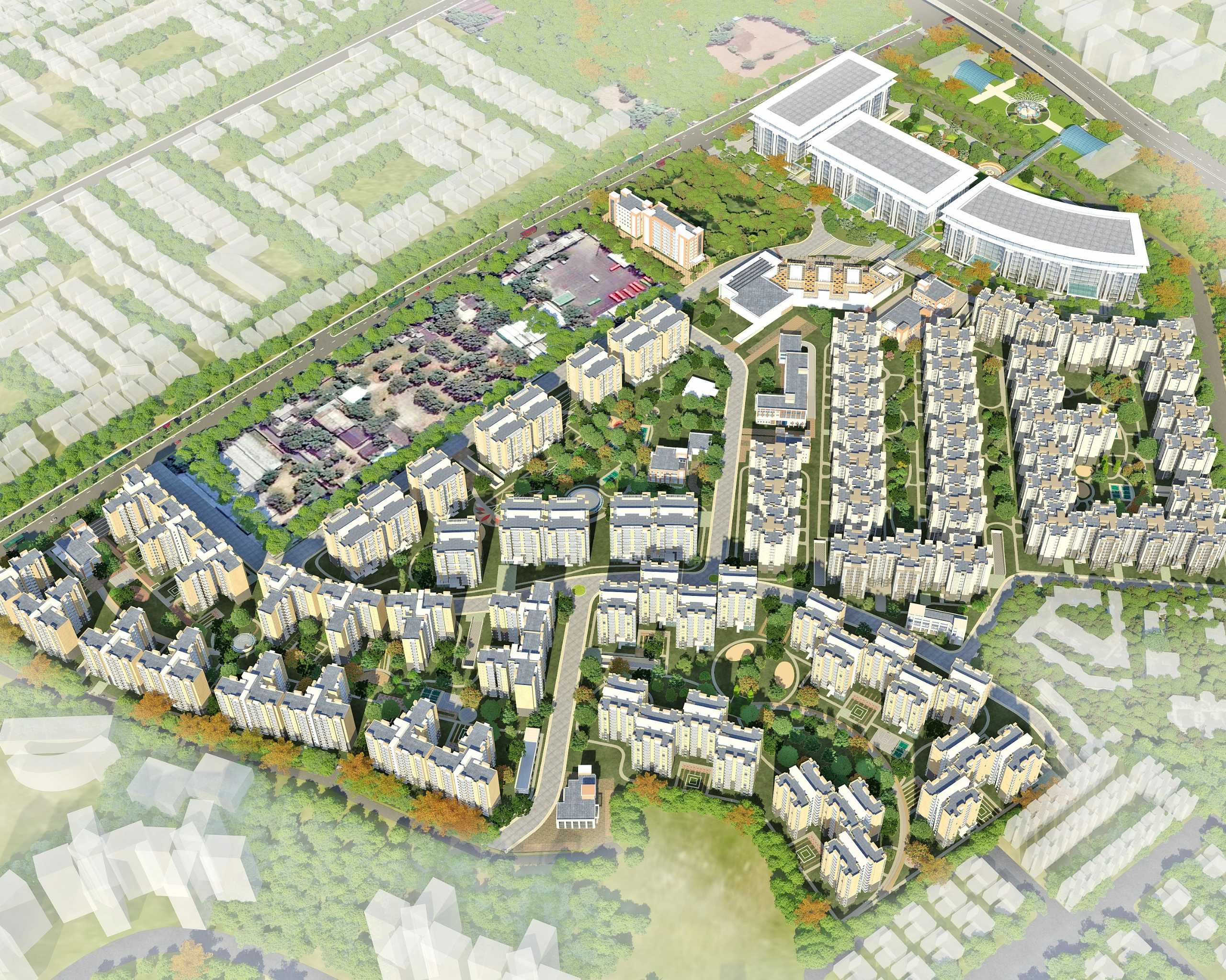Bioclimatic Architecture – A revolution in the construction industry

Sustainability in architecture is a fast-growing and constantly evolving trend. The need for sustainability is directly proportional to the rising awareness among people and the undeniable adverse environmental effects globally. But the umbrella of sustainable architecture is vast, with new innovative design solutions and technology reinventing the building construction industry round the clock. One such revolutionary concept gaining recent global popularity is bioclimatic architecture. Bioclimatic architecture refers to designs based on local climate, geography and ecosystem considerations to provide indoor thermal comfort and energy efficiency. This form of eco-infrastructure aims to integrate passive strategies based on the local conditions and minimise the environmental impact.
Traditional architecture is intrinsically bioclimatic, and returning to the roots is necessary today. Fundamentally similar to India’s unique vernacular and regional architecture, bioclimatic architecture focuses on using passive design strategies, local eco-positive materials and regional construction techniques to regulate indoor temperature depending on the outside environment and hence reduce energy consumption used for systems like HVAC, to maximise efficiency and minimise the adverse environmental effects throughout the lifecycle of the structure.
Unsustainable construction can result in occupants’ physical, mental and emotional discomfort, high energy cost, environmental damage, and poor indoor air quality. India has the advantage of analysing and studying its local traditional architectural styles and bringing about a new age, innovative, and energy-efficient transformation in the national infrastructure industry using vernacular passive design strategies. Considerations like wind patterns, sun path, and local climatic conditions can help regulate indoor temperature through design strategies like courtyards or insulated walls and reduce artificial light consumption. Using locally sourced building materials and bricks combined with low-impact construction techniques can lower construction costs and create a homogenous environment, lowering the impact on local ecosystems.
Compared to traditional structures primarily seen in the rural areas in India, our urban cities are rapidly growing, vertically and horizontally, and will keep expanding, considering the growing population. Modern highrises and buildings consume significant energy while providing very comfortable and luxurious lifestyles. Therefore, scaling bioclimatic design strategies can be problematic in the urban context. However, simple considerations like planning fenestrations according to the wind and daylight patterns can maximise efficiency and reduce the need for energy-consuming HVAC and lighting systems.
Integration of nature and the ecosystem with local contextual and mindful designs can impact the health of the users and the immediate and overall environmental ecosystem. Knowing the criticality of the situation and a growing awareness and sensitivity towards the subject in the past decade has led many architects, engineers and designers to look into the benefits of Bioclimatic Architecture not only to create sustainable architecture but also to reduce energy consumption, non-renewable resource consumption and impact on the ecosystem while providing a healthy and positive lifestyle for the users.




